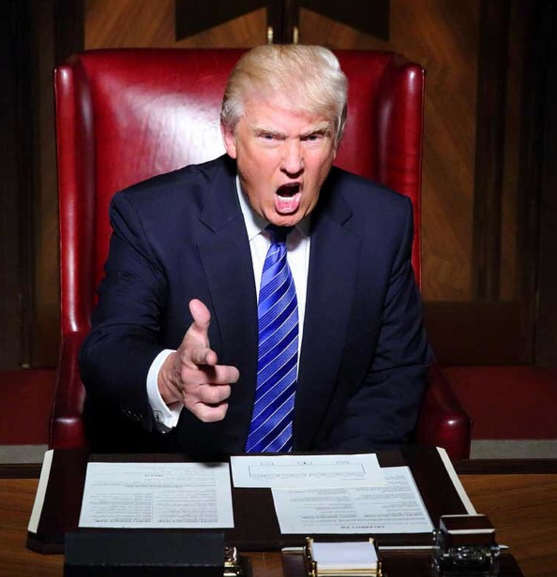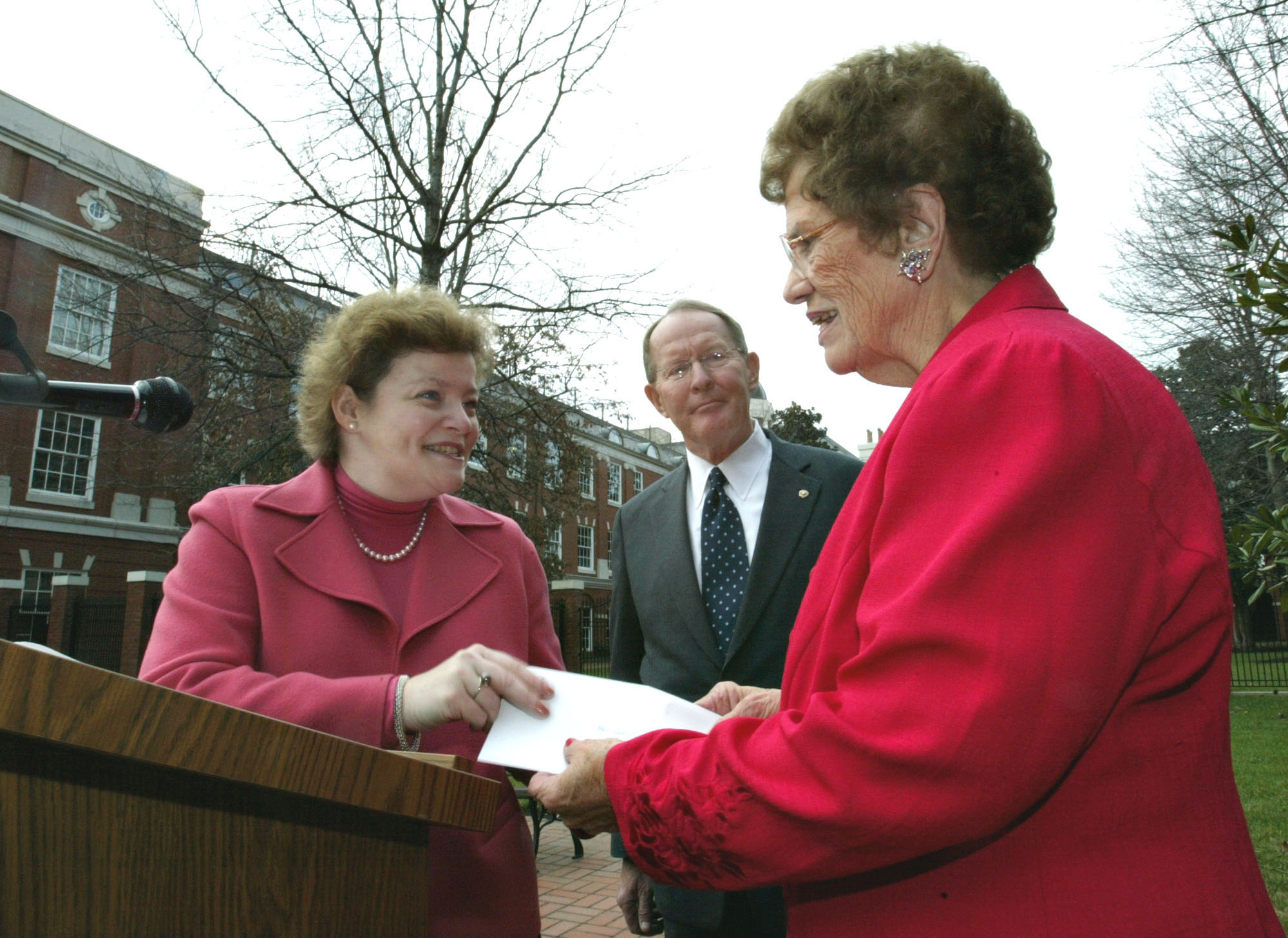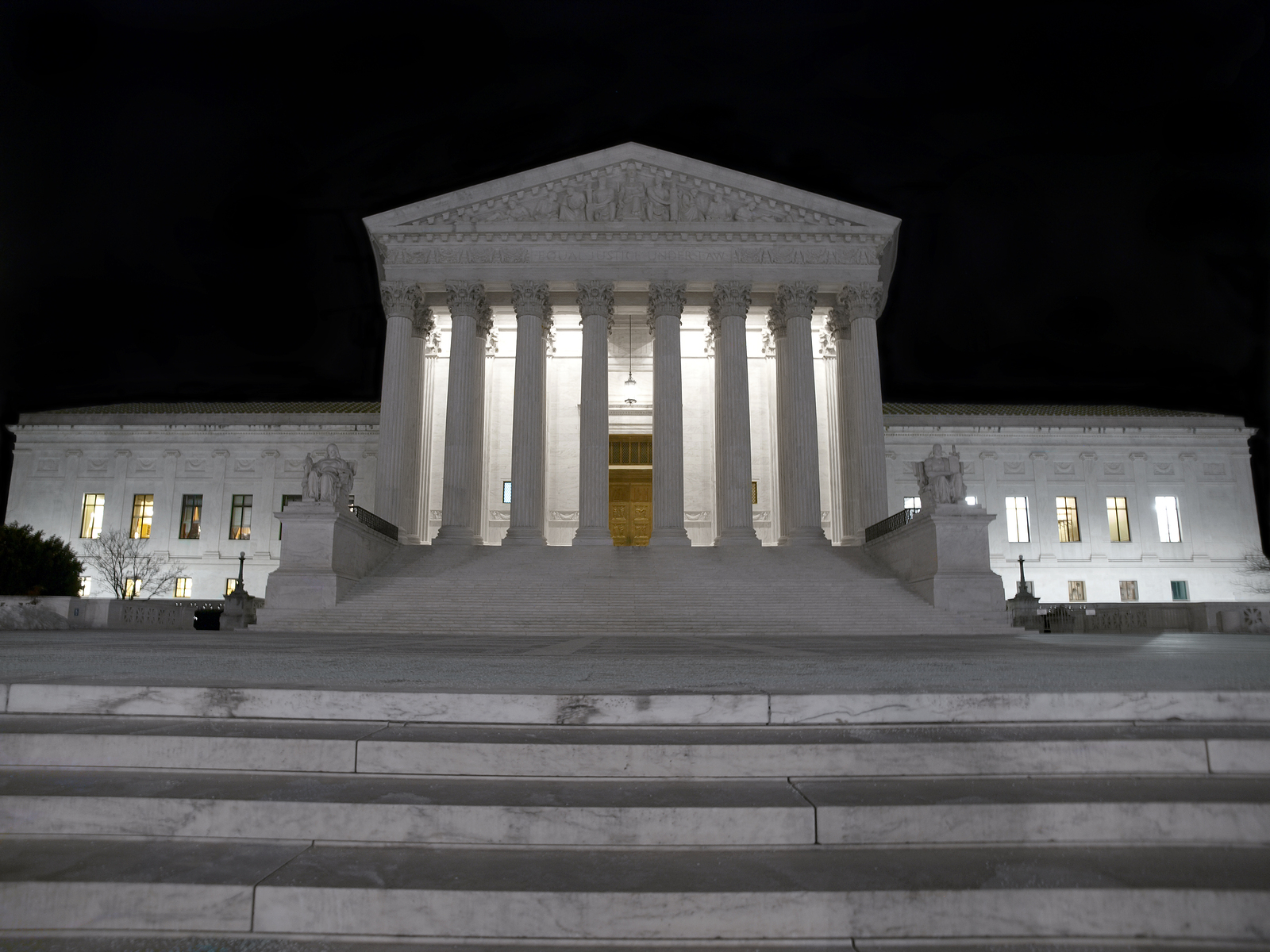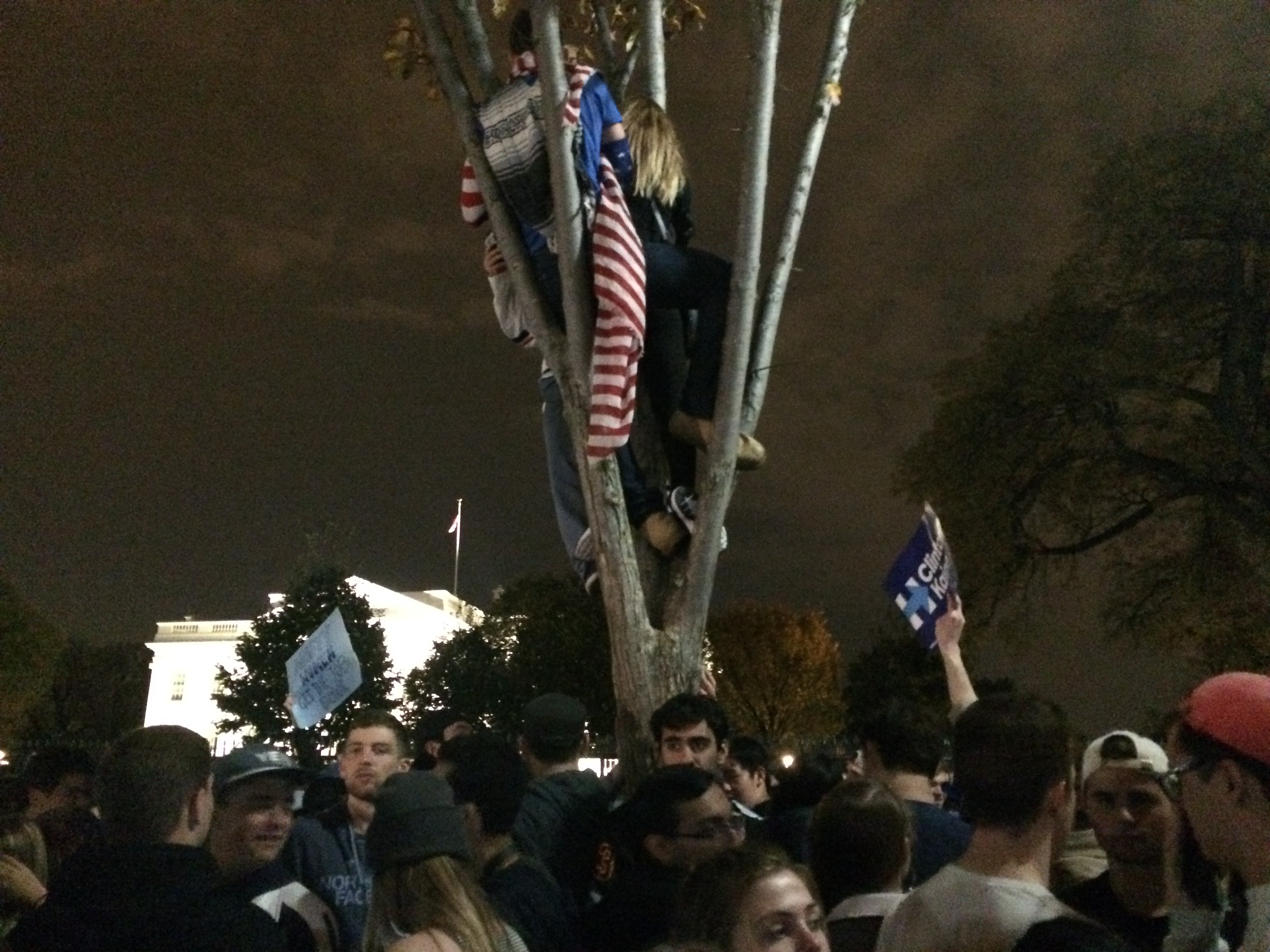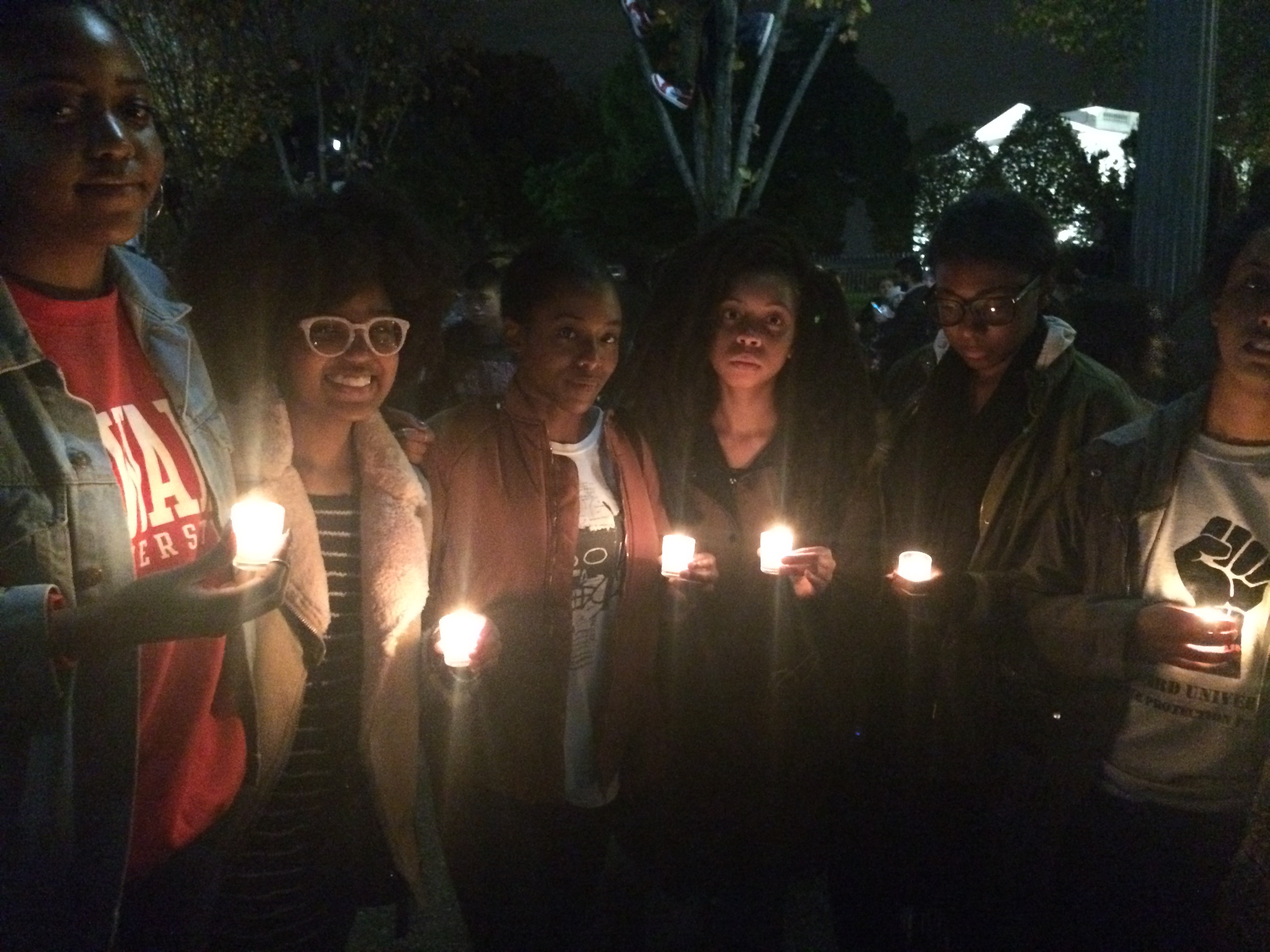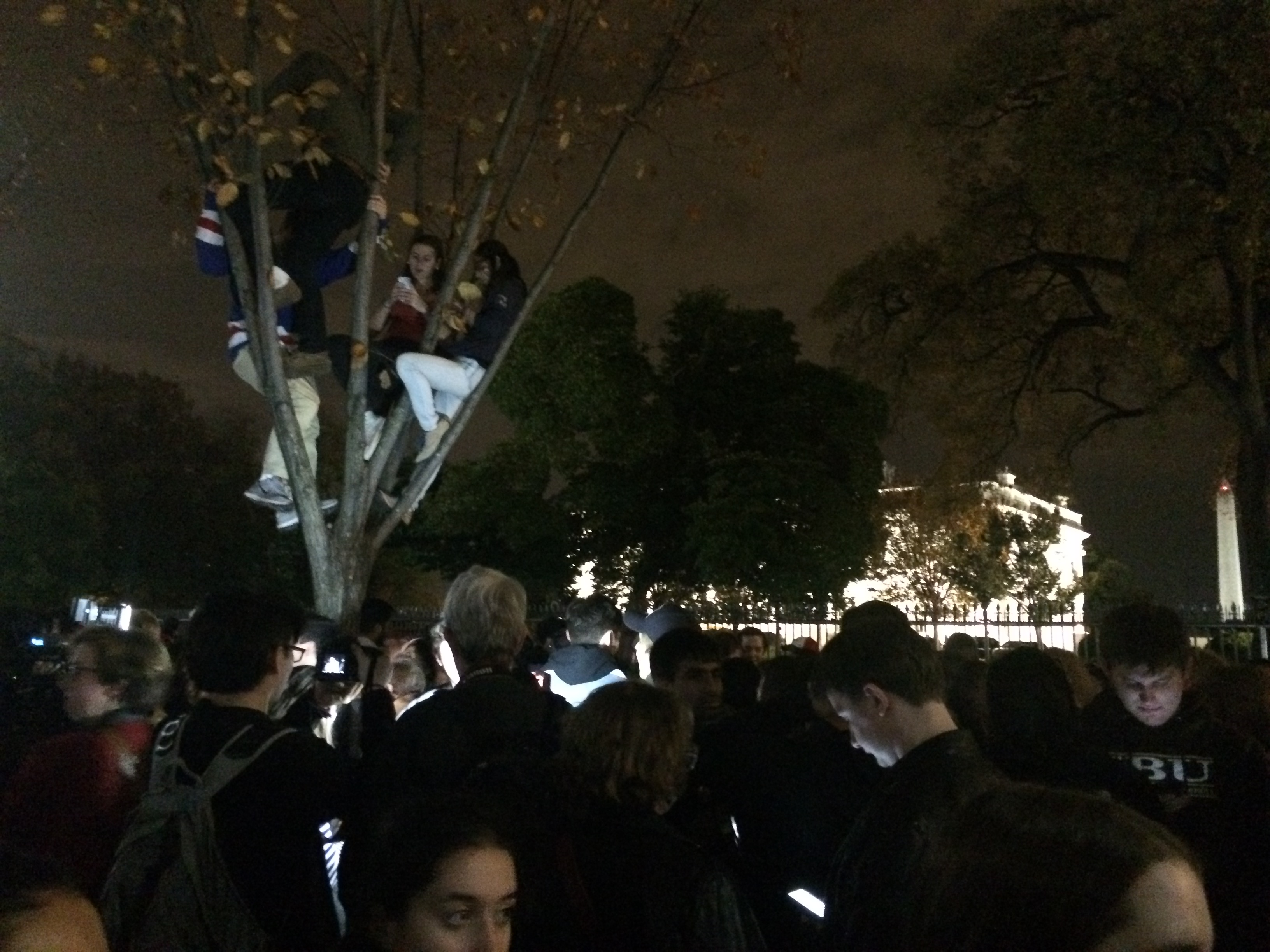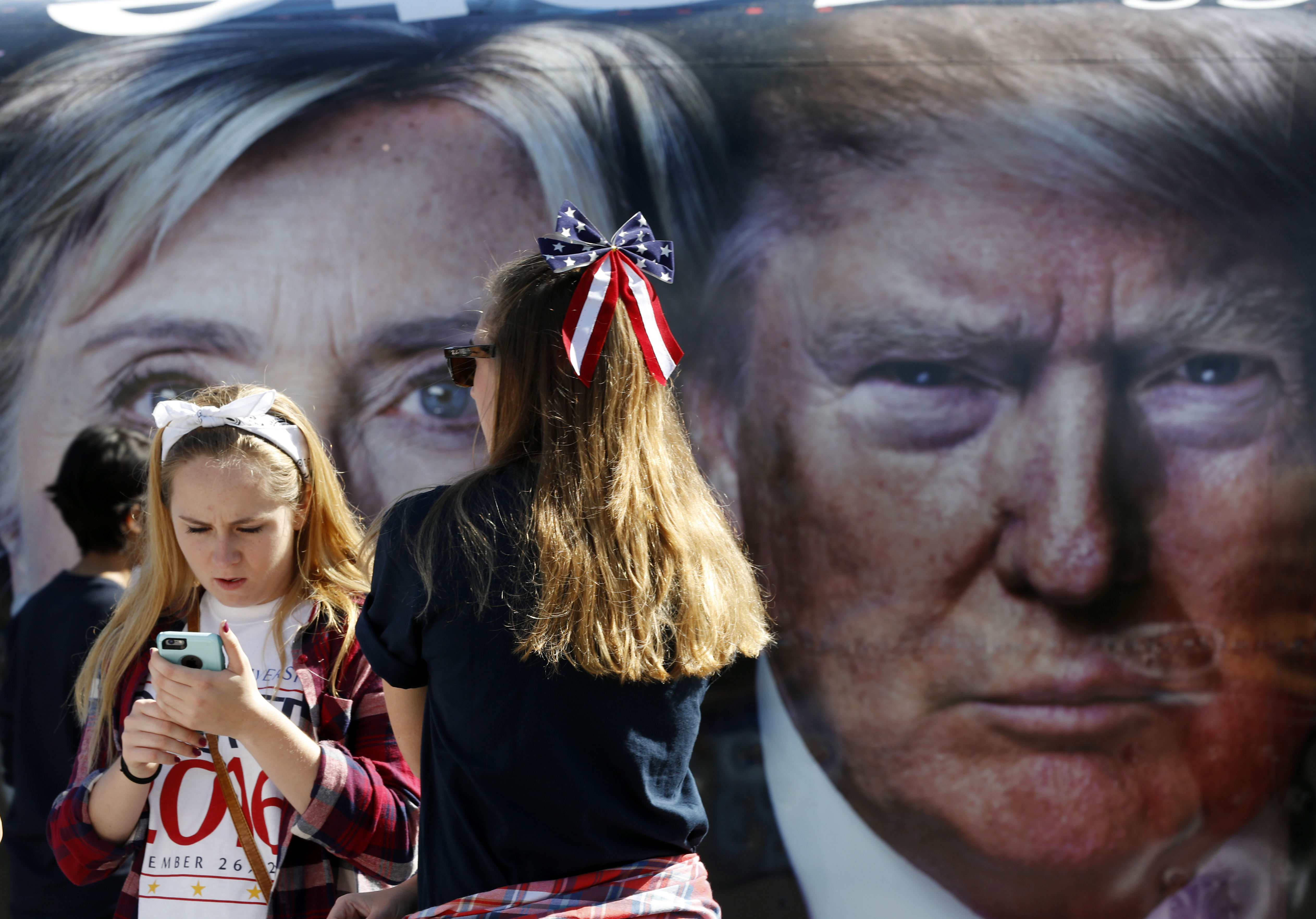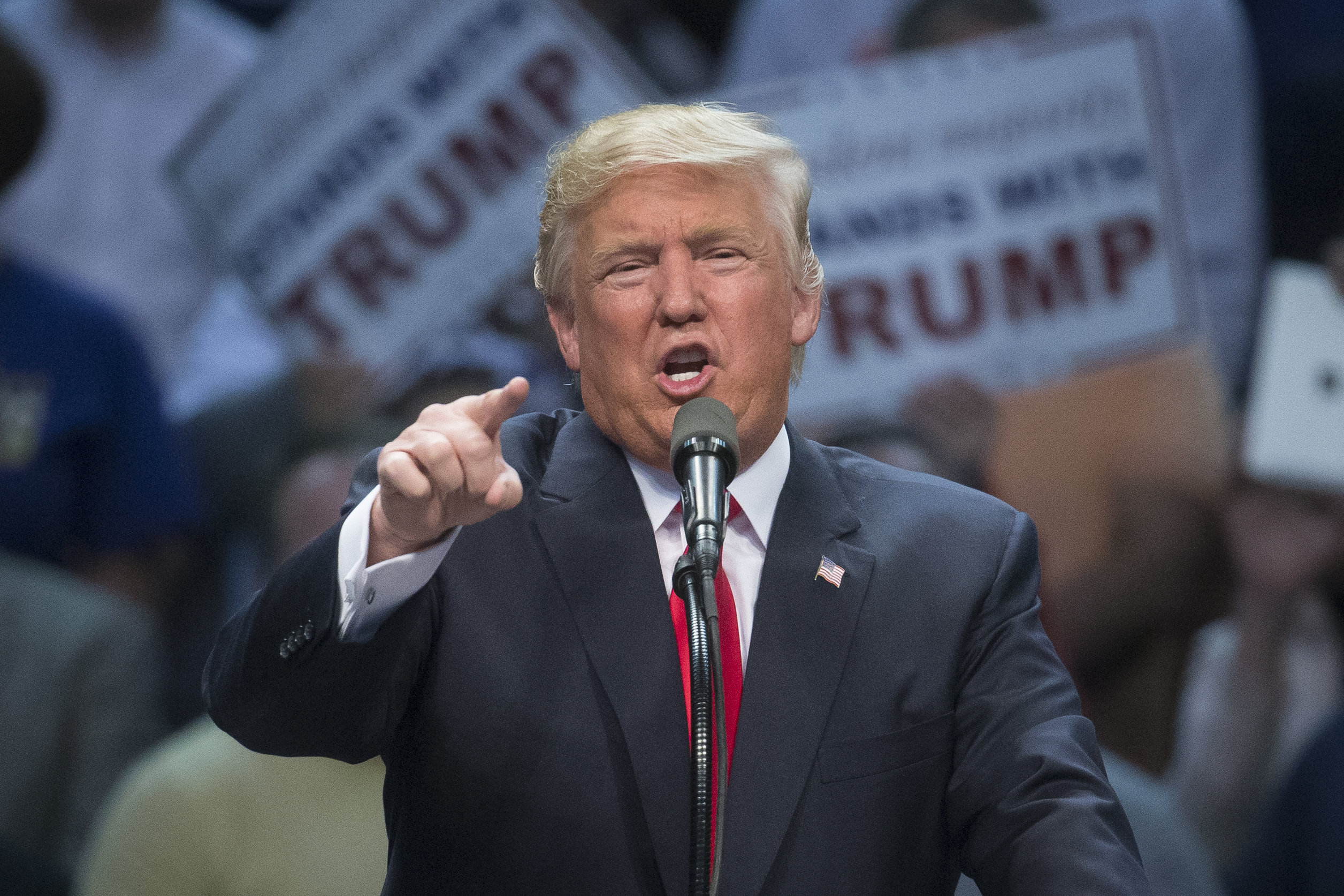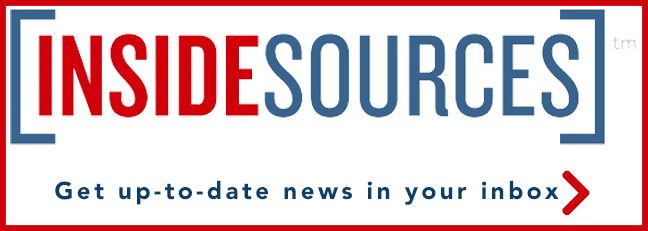Silicon Valley Presses Trump on Surveillance as Internet Freedom Declines Globally

A D.C.-based tech lobby representing Google, Facebook, Twitter and other Silicon Valley giants reached out to Donald Trump’s transition team this week to press the president-elect on pro-tech positions like defending strong encryption — one of the numerous issues valued in the valley the 45th president scrutinized during his campaign.
“Laws that require companies to engineer vulnerabilities into products and services harm personal privacy and endanger national security,” the Internet Association wrote, referring to the push by the FBI and others in national security to make companies build surveillance back doors into consumer encryption products. “Support for strong encryption makes America more secure.”
Trump took a decidely anti-encryption stance after the ISIS-inspired shooting in San Bernardino last year, calling for a boycott of Apple products in Februrary after the company refused to unlock an iPhone belonging to one of the shooters for the FBI.
“Apple ought to give the security for that phone, okay,” the business mogul said. “What I think you ought to do is boycott Apple until such a time as they give that security number. How do you like that? I just thought of it. Boycott Apple.”
The letter came on the heels of a report showing the sixth straight global decline in internet freedom wordwide according to the civil rights group Freedom House. The report notes a crackdown on encrypted communications platforms like WhatsApp and Telegram.
“In an effort to boost their national security and law enforcement powers, a number of governments have passed new laws that limit privacy and authorize broad surveillance,” the report reads. “This trend was present in both democratic and nondemocratic countries, and often led to political debates about the extent to which governments should have backdoor access to encrypted communications. The most worrisome examples, however, were observed in authoritarian countries, where governments used antiterrorism laws to prosecute users for simply writing about democracy, religion, or human rights.”
The report marks a warning for the U.S. if Trump pursues the hardline policy stances he took on tech during the campaign, including a call to shut down portions of the internet in an effort to tackle Islamic extremist radicalization on social media and “open up our libel laws” as a threat to media outlets publishing news critical of the president-elect.
“We’re losing a lot of people because of the Internet,” Trump said last year. “We have to go see Bill Gates and a lot of different people that really understand what’s happening. We have to talk to them, maybe in certain areas, closing that Internet up in some ways. Somebody will say, ‘Oh freedom of speech, freedom of speech.’ These are foolish people. We have a lot of foolish people.”
During “times of protests or due to national security concerns,” 12 out of 65 countries blocked WhatsApp entirely in 2016, disabling the service for millions. Other services including Telegram, Viber, Facebook Messenger, LINE, IMO, and Google Hangouts were “regularly blocked,” and 10 countries restricted access to internet voice and video platforms like Skype and FaceTime, in part to protect the business models of traditional telecommunications companies.
In its letter the Internet Association urged Trump and the 115th Congress to update the Electronic Communications Privacy Act to require a warrant for Americans emails even after they’re 180 days old — the subject of a contentious court battle Microsoft won over the Justice Department in July — and reform surveillance authorites used to justify some of the National Security Agency’s most aggressive programs.
“Passage of the USA Freedom Act is a positive step, but it addressed only a limited subset of surveillance concerns,” the letter reads. “Congress should consider reforms to Section 702 of the Foreign Intelligence Surveillance Act and Executive Order 12333, which have been used in ways that are inconsistent with the important privacy values reflected in the Constitution and lack due consideration for the privacy interests of non-U.S. persons.”
Executive Order 12333 lets NSA execute “back door” warrantless searches on Americans’ email and telephone communications by surveilling data incidentally swept up during the targeting of foreign communications, and Section 702 authorizes “upstream” surveillance programs — when the signals intelligence agency taps the physical infrastructure of the internet, such as undersea fiber cables, to surveil the content of foreigners’ communications, including emails, instant messages, etc., as they exit and enter the U.S.
Section 702 of the FISA Amendments Act will face congressional renewal in December 2017.

